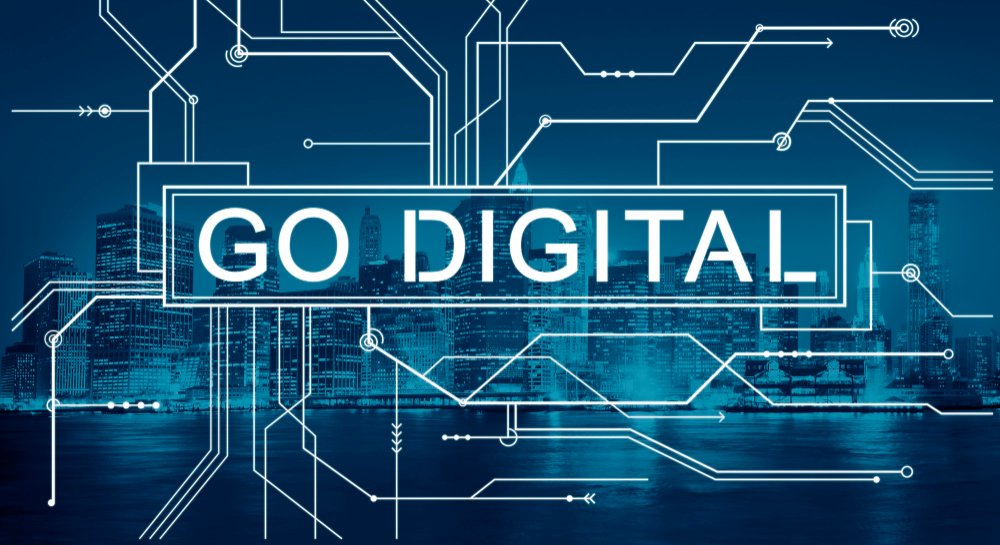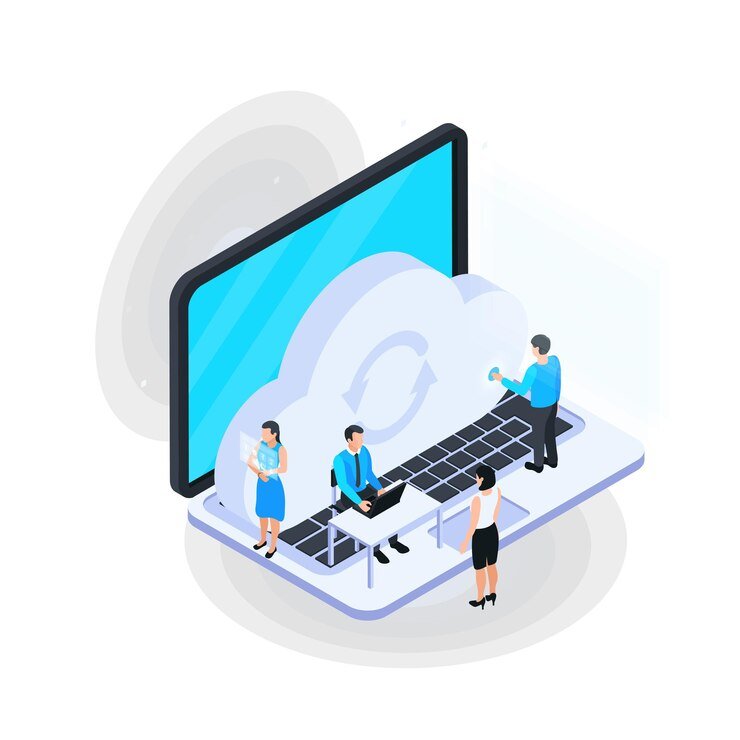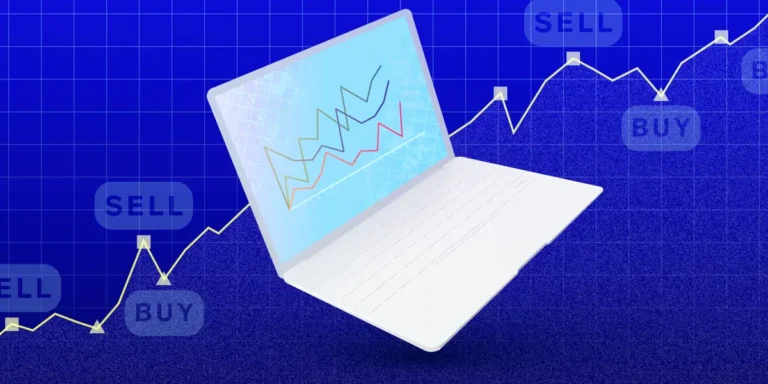What We Get in the Technology Field in 2023-1954
The technology field has undergone a remarkable transformation from 1954 to 2023. Over these decades, technological advancements have reshaped how we live, work, and communicate. From the invention of the first computers to the rise of artificial intelligence and the Internet of Things (IoT), this timeline highlights significant milestones and innovations that define our current technological landscape. In this article, we will explore what we get in the technology field in 2023-1954, illustrating the evolution of technology over these nearly 70 years.
What We Get in the Technology Field in 2023-1954
The Early Days of Technology (1954-1969)
In 1954, the technology landscape was dominated by large, cumbersome machines. The first commercially available computer, the UNIVAC I, was introduced, marking a significant milestone in computing. These early computers were primarily used by government and academic institutions for complex calculations, and they required specialized knowledge to operate.
During this era, a defining moment in the history of technology came when scientists and engineers began experimenting with transistors, which replaced vacuum tubes in electronics. This advancement allowed for smaller and more efficient devices, setting the foundation for future innovations. In this context, the early years of computing laid the groundwork for what we get in the technology field in 2023-1954.
Key Developments:
- Introduction of UNIVAC I (1954): The first commercial computer for business use.
- Development of Transistors (1950s): Allowed for smaller, more efficient electronic devices.
The Rise of Personal Computing (1970-1989)
The 1970s brought significant advancements in computing technology. The introduction of the microprocessor in 1971 was a game-changer, allowing manufacturers to create smaller, more affordable computers. In 1975, the Altair 8800, widely regarded as the first personal computer, hit the market, sparking the personal computing revolution.
The late 1980s saw the emergence of user-friendly operating systems. Companies like Apple and IBM began to dominate the market, with the introduction of graphical user interfaces (GUIs) making computing more accessible. This era marked a shift from large mainframe computers to personal devices that families could use at home, highlighting what we get in the technology field in 2023-1954.
Key Developments:
- Introduction of the Microprocessor (1971): Enabled the creation of smaller, affordable computers.
- Launch of IBM PC (1981): Established standards for personal computing and inspired future innovations.
- Development of GUI (1980s): Made computers more user-friendly, opening technology to a broader audience.
The Internet Age (1990-1999)
The 1990s marked the dawn of the Internet age, a revolutionary shift in technology that changed how we communicate, share information, and conduct business. The introduction of the World Wide Web in 1991 by Tim Berners-Lee opened up a new era of connectivity. The 1990s are crucial for understanding what we get in the technology field in 2023-1954 because it laid the foundation for the digital world we inhabit today.
During this decade, e-commerce began to emerge, with companies like Amazon and eBay paving the way for online shopping. Email became a popular mode of communication, replacing traditional mail for many. Additionally, the development of search engines like Google in 1998 transformed how people accessed information online, showcasing the vast possibilities that the Internet opened up.
Key Developments:
- Introduction of the World Wide Web (1991): Revolutionized access to information and connectivity.
- Emergence of E-commerce (mid-1990s): Changed the way people shop and conduct business.
- Launch of Google (1998): Transformed information retrieval and the way we browse the Internet.
The Mobile Revolution (2000-2010)
The new millennium saw the rise of mobile technology, fundamentally altering how we interact with the world. The introduction of smartphones, beginning with the launch of the iPhone in 2007, changed the landscape of communication, entertainment, and productivity. This development is a crucial part of what we get in the technology field in 2023-1954, as it paved the way for mobile computing.
Mobile applications exploded in popularity, providing users with instant access to information, social media, and entertainment. This era also saw the growth of social networking platforms like Facebook and Twitter, connecting millions of users globally. The impact of these platforms continues to resonate, demonstrating the lasting influence of technology on human interaction.
Key Developments:
- Launch of the iPhone (2007): Revolutionized the smartphone industry and mobile computing.
- Growth of Mobile Apps (2008 onwards): Provided users with a plethora of services and functionalities at their fingertips.
- Rise of Social Media (mid-2000s): Transformed how people communicate and share experiences online.
The Era of Cloud Computing and Big Data (2010-2020)
As we moved into the 2010s, cloud computing emerged as a dominant force in the technology landscape. Companies like Amazon Web Services (AWS), Microsoft Azure, and Google Cloud allowed businesses and individuals to store and process data remotely, revolutionizing how information is managed. This era represents a significant portion of what we get in the technology field in 2023-1954, as it fundamentally changed data storage and accessibility.
Big data analytics became a crucial tool for businesses, enabling them to extract insights from massive datasets. This era also saw the rise of machine learning and artificial intelligence, which began to influence various industries, from healthcare to finance. Understanding the implications of these technologies is essential to grasping the technological landscape we navigate in 2023.
Key Developments:
- Expansion of Cloud Computing (2010s): Enabled scalable and flexible data storage and processing solutions.
- Advancements in Big Data Analytics (2010s): Provided businesses with insights to drive decision-making.
- Growth of AI and Machine Learning (2010s): Automated processes and enhanced capabilities across various sectors.
The Current Landscape (2020-2023)
In the past few years, technology has continued to evolve at an unprecedented pace. Innovations in artificial intelligence, IoT, and blockchain are shaping the future of industries worldwide. The COVID-19 pandemic accelerated digital transformation, pushing businesses to adopt remote work technologies and online services rapidly.
You can also visit AppForDown: Free APK Downloader for Android Devices
Key Developments:
- Artificial Intelligence (AI) Breakthroughs (2020-2023): Enhanced automation, natural language processing, and personalized experiences.
- Rise of IoT Devices (2020-2023): Increased connectivity among devices, improving efficiency in homes and industries.
- Blockchain Technology (2020-2023): Gained traction beyond cryptocurrency, with applications in supply chain management and secure transactions.
Conclusion: Reflecting on 2023-1954
The journey from 1954 to 2023 showcases the profound impact of technology on society. The advancements we witness today are a culmination of decades of innovation, each building on the last. The term “2023-1954” reflects this remarkable evolution, emphasizing our progress and the potential for future advancements.
In the present day, technology permeates every aspect of our lives, from the way we communicate to how we conduct business and engage with the world around us. As we continue to embrace new innovations, it is essential to reflect on the lessons learned from the past and remain mindful of the ethical implications of emerging technologies.
The future promises to be exciting, and as we move forward, the lessons from the journey between 2023 and 1954 will guide us in navigating the ever-changing landscape of technology. Whether through AI advancements, IoT integration, or the exploration of new frontiers in tech, one thing is certain: the journey will continue, and the possibilities are limitless. The timeline of what we get in the technology field in 2023-1954 illustrates the importance of innovation in shaping our world for generations to come.






